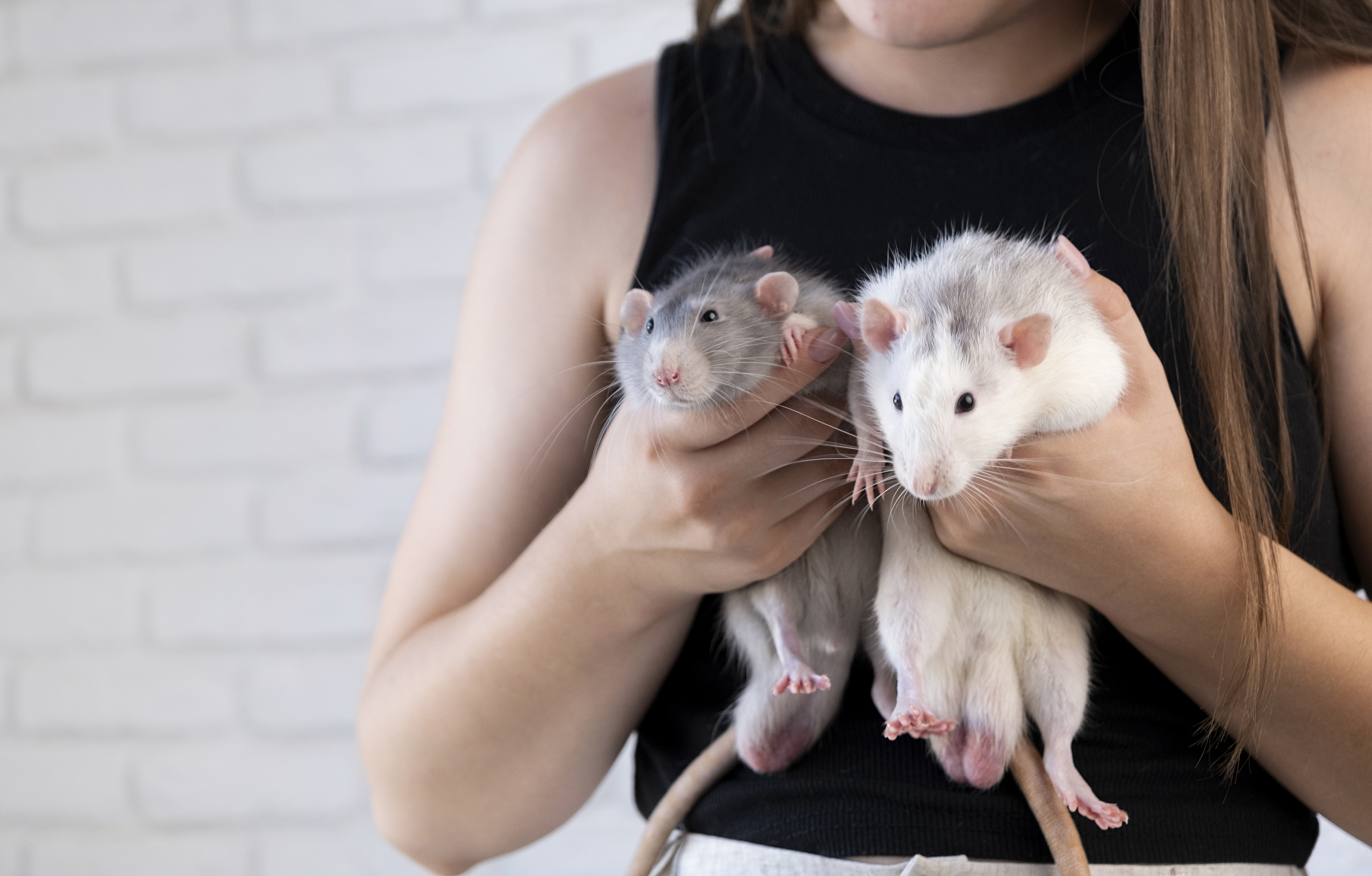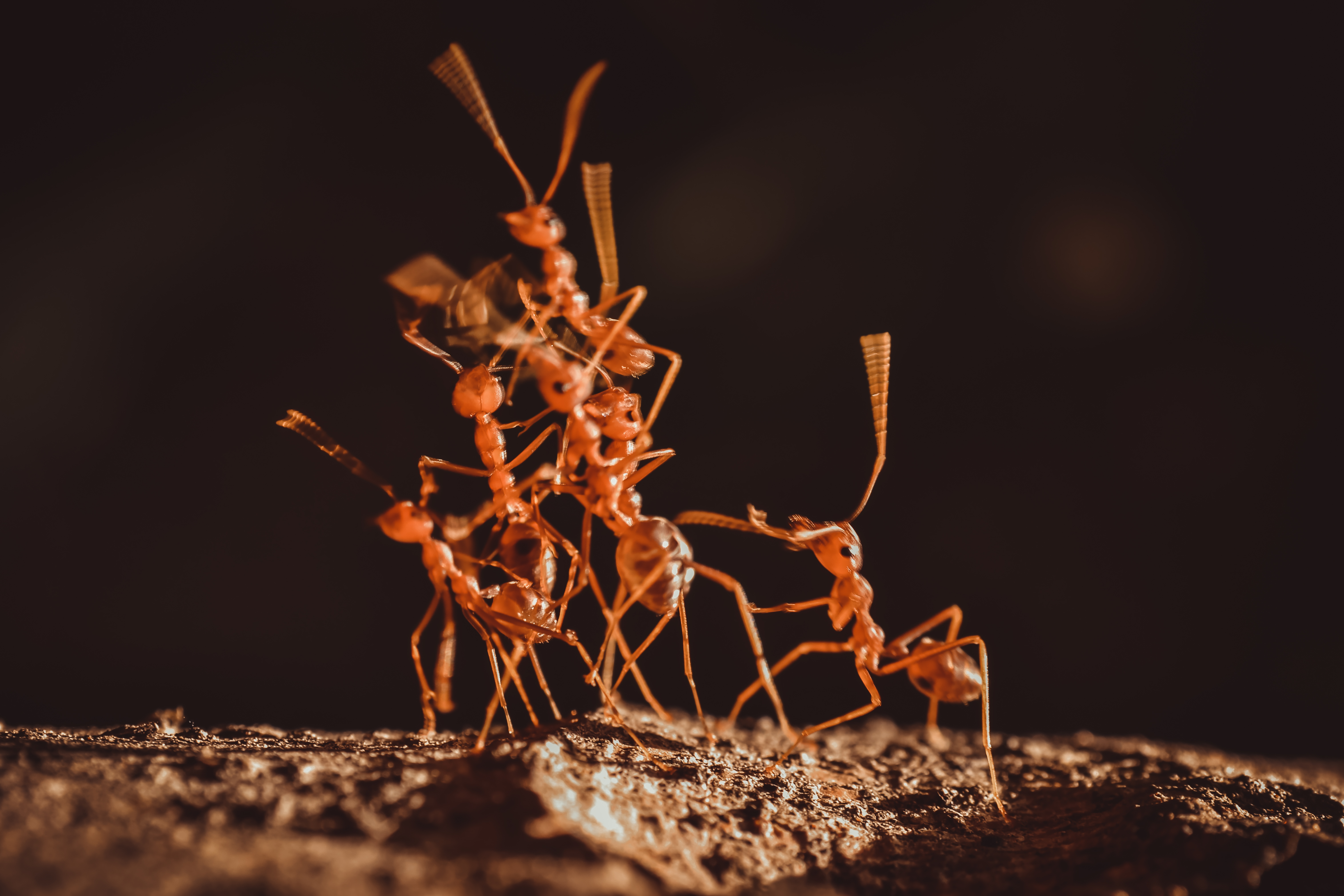8 Adorable Rodent Species That Might Just Steal Your Heart
Rodents often get a bad rap, dismissed as mere pests or nuisances. However, these small mammals are incredibly diverse, with over 2,000 species spread across the globe. From the bustling cities to the serene countryside, rodents have adapted to nearly every habitat imaginable. Despite their small size, they play vital roles in ecosystems as seed dispersers, prey for larger animals, and even as ecosystem engineers. Beyond their ecological importance, many rodent species possess unique characteristics and endearing qualities that make them fascinating companions. This article delves into eight captivating rodent species, each with charm and personality, poised to capture the hearts of animal enthusiasts and pet lovers alike.
1. The Playful Prairie Dog: Social Architects of the Plains

Prairie dogs are adorable and fascinating for their complex social structures and behaviors. Found primarily in North America's grasslands, these burrowing rodents live in large "towns" colonies, which span hundreds of acres. Each town is divided into smaller family units known as "coteries," consisting of a male, several females, and their offspring. This social organization is essential for their survival, allowing them to share resources and protect each other from predators. Their communication system is equally impressive, with various vocalizations used to convey specific messages, such as the presence of a predator or the need to gather for a group activity. Beyond their social dynamics, prairie dogs are ecological engineers, significantly impacting their environment. Their burrowing activities aerate the soil, promoting plant growth and creating habitats for other species such as insects and burrowing owls. Moreover, their presence supports diverse predators, including hawks, eagles, and coyotes, making them a keystone species in their ecosystem. Despite their ecological importance, prairie dog populations have declined due to habitat loss and disease. This highlights the need for conservation efforts to protect these charming creatures and the ecosystems they support.
2. Chinchillas: The Velvet-Coated Marvels of the Andes
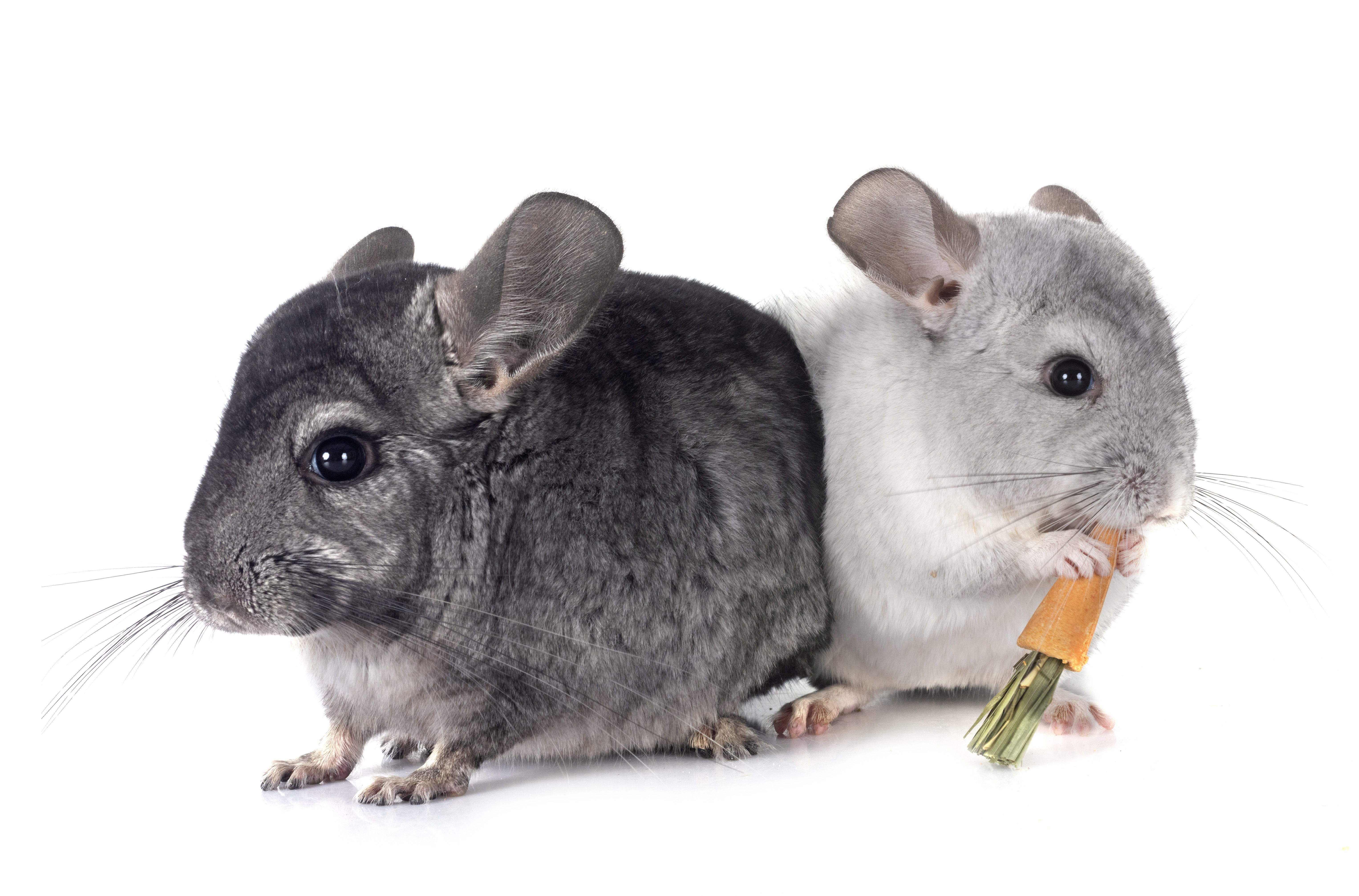
Chinchillas are renowned for their luxuriously soft fur, making them both beloved pets and targets for the fur trade. Native to the Andes Mountains in South America, these small rodents are well adapted to the harsh, rocky terrain. Their dense fur, which can contain up to 60 hairs per follicle, provides insulation against the cold and protection from the elements. Unfortunately, this same fur has led to their near extinction in the wild, as they were hunted extensively for their pelts. Today, chinchillas are primarily found in captivity, where they are cherished for their gentle nature and playful antics. In addition to their exquisite coats, chinchillas possess a range of unique behaviors and adaptations. They are crepuscular, meaning they are most active during dawn and dusk, a trait that helps them avoid predators. Chinchillas also have an incredible ability to jump, using their powerful hind legs to leap up to six feet in a single bound. This agility and their inquisitive personalities make them engaging pets that thrive on interaction and mental stimulation. As we learn more about these remarkable rodents, efforts continue to conserve their wild populations and ensure their survival for future generations.
3. Capybaras: The Gentle Giants of the Rodent World

As the largest rodents on the planet, capybaras are gentle giants known for their sociable and easygoing nature. Native to South America's wetlands, these semi-aquatic creatures are often found lounging in groups near rivers and lakes. Their webbed feet and streamlined bodies make them excellent swimmers, allowing them to escape predators and forage for aquatic plants easily. Capybaras are highly social animals, living in groups ranging from a few individuals to over a hundred. This social structure provides protection and stability, with group members often grooming each other and maintaining close bonds. Capybaras have become popular in zoos and as exotic pets due to their docile temperament and unique appearance. Their expressive faces and calm demeanor make them a favorite among animal enthusiasts. Despite their popularity, capybaras require specific care and environments to thrive in captivity, including access to water for swimming and a diet rich in grasses and vegetables. In the wild, they play a crucial role in their ecosystem by controlling vegetation and serving as prey for predators such as jaguars and anacondas. Conservation efforts aim to balance their protection with sustainable use, ensuring these captivating creatures continue to thrive in their natural habitats.
4. The Agile Acrobats: Squirrels and Their High-Flying Antics
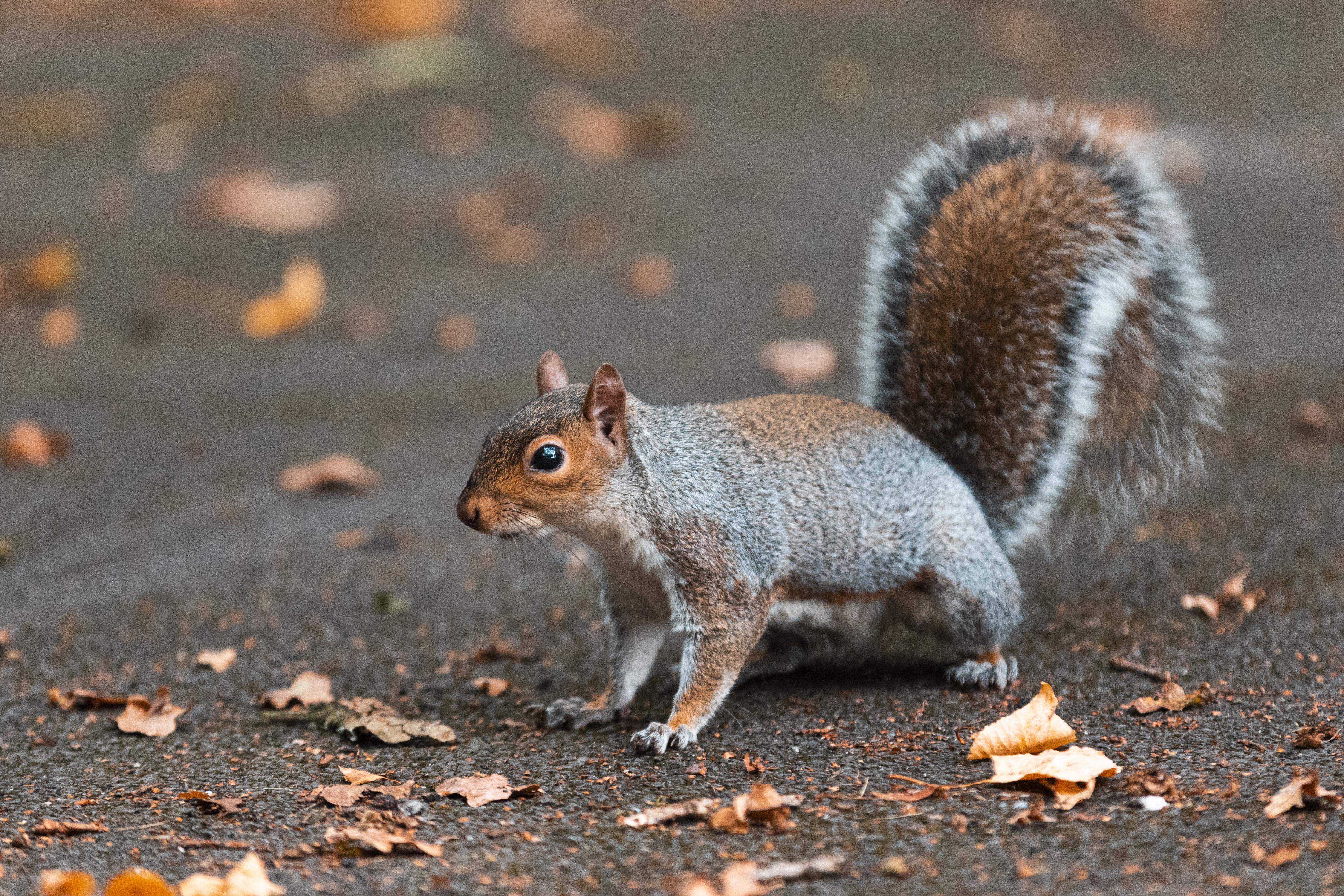
Squirrels are perhaps the most familiar rodents, with their bushy tails and acrobatic feats captivating observers worldwide. These adaptable creatures, found on every continent except Australia and Antarctica, have thrived in diverse environments, from dense forests to urban parks. Squirrels are known for their incredible agility, using their powerful hind legs and sharp claws to leap between branches and navigate complex terrains. Their keen sense of balance and spatial awareness allows them to perform daring maneuvers, often leaving onlookers in awe of their high-flying antics. Beyond their physical prowess, squirrels exhibit various fascinating behaviors that highlight their intelligence and adaptability. They are expert foragers, with an uncanny ability to locate and store food for later use. This behavior, known as caching, involves burying nuts and seeds in various locations, which they retrieve during leaner times. Interestingly, squirrels possess a remarkable memory, allowing them to remember the locations of their caches with surprising accuracy. In addition to their foraging skills, squirrels are also known for their vocalizations and body language, which they use to communicate with each other and ward off potential threats. These charming rodents continue to captivate us with their playful personalities and remarkable adaptability.
5. Gerbils: The Desert Dwellers with a Thirst for Adventure

Gerbils are small, energetic rodents native to the arid regions of Africa and Asia. Their natural habitat consists of deserts and semi-deserts, where they have evolved to survive in harsh conditions with limited resources. Gerbils are well adapted to their environment, with long hind legs that enable them to jump great distances and dig burrows for shelter. These burrows protect gerbils from predators and extreme temperatures, allowing them to thrive in challenging surroundings. Their ability to conserve water and efficiently process food makes them well-suited to life in the desert, where resources are scarce. Gerbils are popular pets in captivity due to their inquisitive nature and playful demeanor. They are social animals, often living in pairs or small groups, and require mental stimulation to prevent boredom. Gerbils enjoy exploring their environment, digging tunnels, and gnawing on objects to keep their teeth healthy and sharp. Their adventurous spirit and engaging personalities make them delightful companions for those willing to provide the care and attention they need. As we continue to study these resilient rodents, we gain insight into their remarkable adaptations and their unique challenges in their natural habitats.
6. The Enigmatic Naked Mole Rat: Nature's Underground Engineer
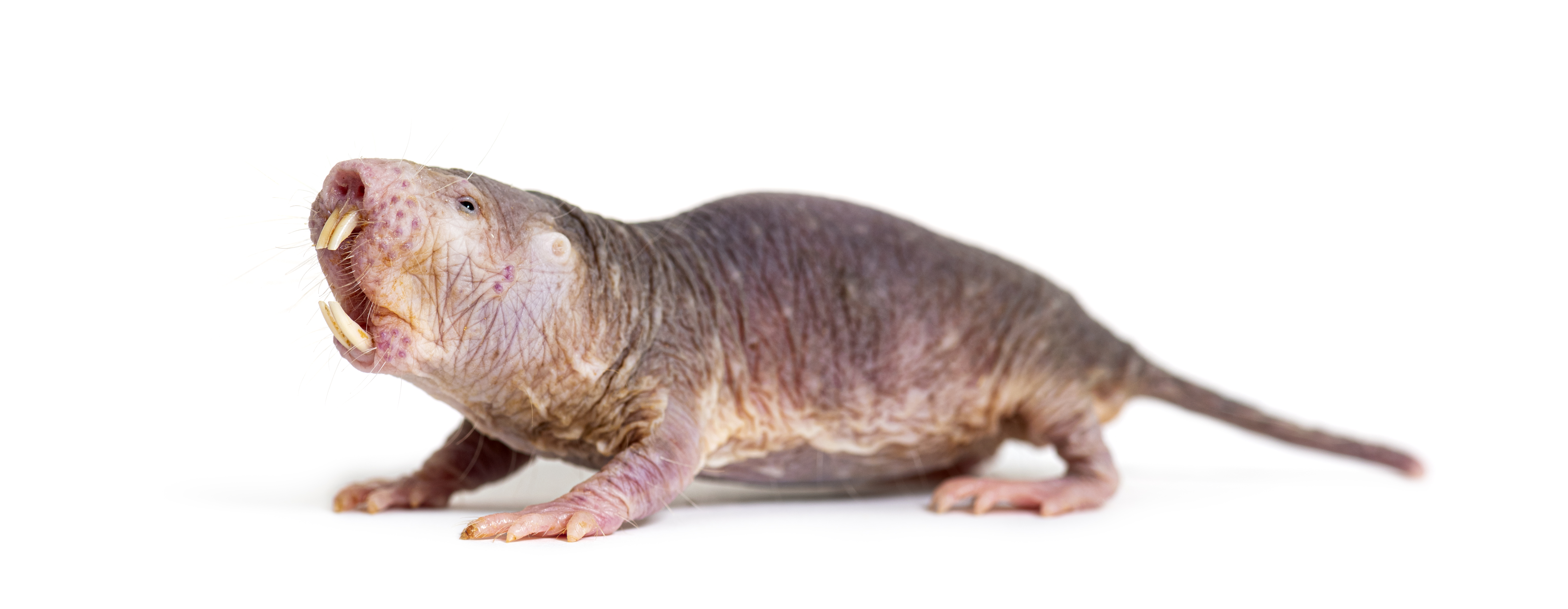
Naked mole rats are among the most unusual rodents, known for their hairless bodies and subterranean lifestyle. Native to the arid regions of East Africa, these fascinating creatures have adapted to life underground, living in complex tunnel systems. Naked mole rats are eusocial, like ants and bees, with a single breeding queen and a hierarchy of workers and soldiers. This rare social structure among mammals allows them to manage their resources and maintain their colonies efficiently. Their cooperative behavior and division of labor are key to their survival in the harsh underground environment. In addition to their unique social organization, naked mole rats possess several remarkable adaptations that have intrigued scientists. They are highly resistant to pain and cancer, with a low metabolic rate that allows them to survive in low-oxygen conditions. These adaptations have interested them in medical research, with potential implications for understanding human health and longevity. Despite their unusual appearance, naked mole rats play a vital role in their ecosystem, aerating the soil and influencing plant growth through burrowing. Their enigmatic nature and ecological significance continue to captivate researchers and animal enthusiasts alike.
7. The Vibrant Vole: A Study in Adaptability and Resilience
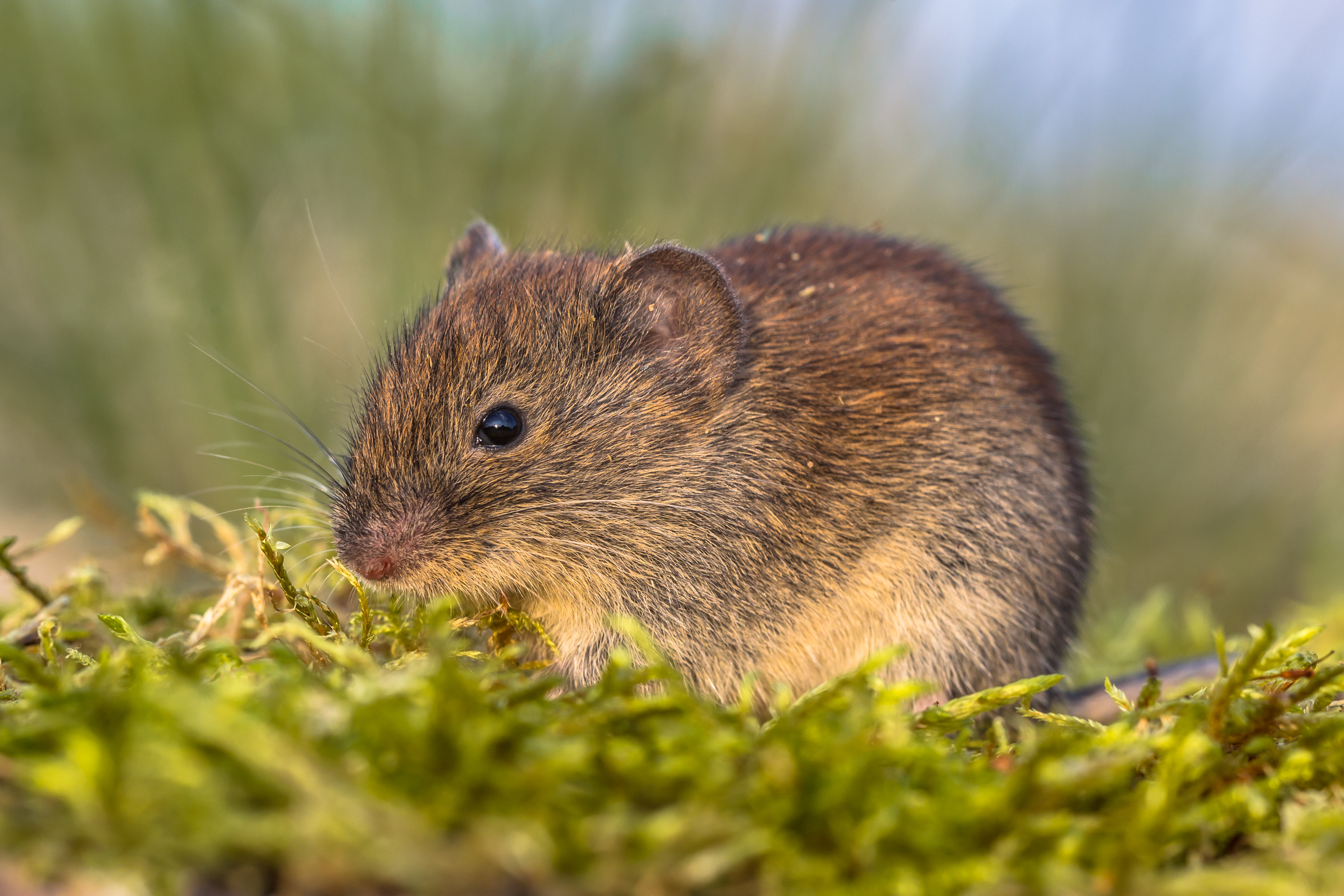
Voles are small, burrowing rodents found in various habitats across the Northern Hemisphere. Although they are known for their short tails and compact bodies, voles are often mistaken for mice; they possess distinct characteristics that set them apart. These adaptable creatures thrive in diverse environments, from grasslands and forests to alpine meadows and wetlands. Voles are prolific breeders, producing several litters each year, allowing them to colonize new areas and recover from population declines quickly. Voles play a crucial role in their ecosystems, serving as prey for many predators, including birds of prey, foxes, and snakes. Their burrowing activities also contribute to soil aeration and nutrient cycling, promoting plant growth and supporting other wildlife. Despite their ecological importance, vole populations are subject to dramatic fluctuations, influenced by food availability, predation, and climate conditions. These fluctuations can have cascading effects on the ecosystems they inhabit, highlighting the interconnectedness of species and the delicate balance of nature. As we study voles and their interactions with their environment, we gain a deeper understanding of the complex dynamics that shape our natural world.
8. The Endearing Degu: Social Butterflies with a Love for Community
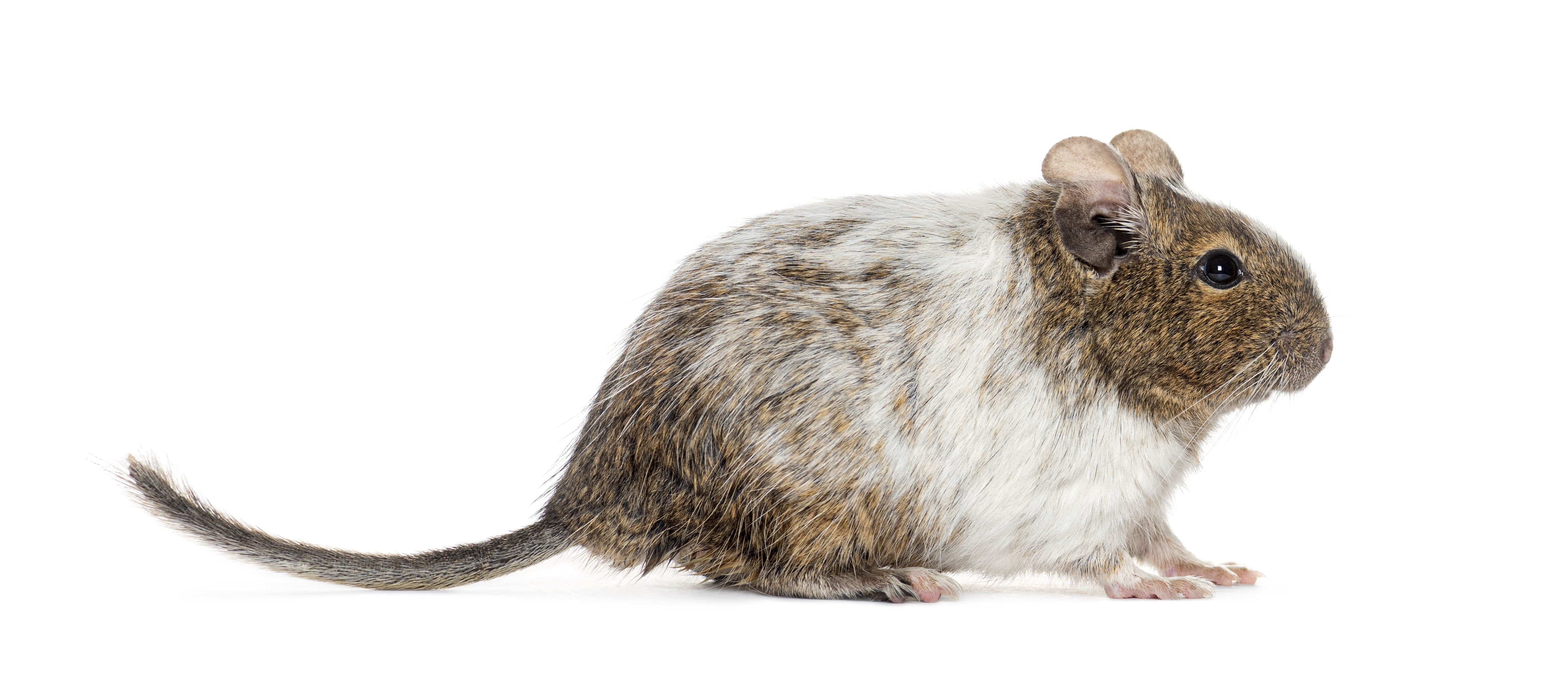
Degus are small, social rodents native to the scrublands of central Chile. These charming creatures are known for their sociable nature and intricate social structures, living in large colonies that provide protection and companionship. Degus communicate through various vocalizations and body language, using these signals to coordinate group activities and maintain social bonds. Their playful interactions and cooperative behaviors make them fascinating subjects for study, offering insights into the evolution of sociality in mammals. Degus are popular pets in captivity due to their engaging personalities and active lifestyles. They require ample space to explore and interact, and opportunities for mental stimulation to prevent boredom. Degus are diurnal, meaning they are active during the day, which makes them well-suited to human companionship. Their dietary needs are also unique, with a preference for high-fiber foods such as hay and vegetables. As we learn more about these endearing rodents, we continue to uncover the complexities of their social lives and the importance of community in their survival and well-being.
Beyond their ecological significance, rodents offer a wealth of charm and personality, captivating the hearts of pet owners and animal enthusiasts alike. Their playful antics, social interactions, and resilience in the face of adversity serve as a testament to the wonders of nature and the interconnectedness of life on Earth. As we continue to study and appreciate these remarkable creatures, we are reminded of the importance of conservation efforts to protect their habitats and ensure their survival for future generations. By embracing the charms and contributions of rodents, we can foster a greater appreciation for the diversity and complexity of the animal kingdom.

